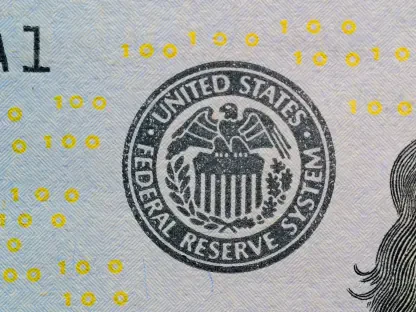Markets blinked as soft jobs met cool inflation, and the bond curve whispered that the Fed’s next move might arrive sooner than the calendar suggests, reshaping December’s odds in real time. The shift was visible on the screens: Treasury yields slipped as investors marked down growth and marked up easing, pulling focus to the risk that labor is weakening faster than inflation is fading.
Context And Significance
This debate sits at the heart of the dual mandate. “Soft jobs” means private payrolls losing momentum and confidence eroding, while “cool inflation” means price pressures easing enough to avoid reigniting expectations. The policy challenge is to cushion labor without surrendering the inflation progress achieved since midyear.
Recent cuts in September and October opened the door to a recalibration toward neutral. Communication from senior officials has hinted at a willingness to move again if data warrant, though not without dissent. With the FOMC blackout in place after November 29, the final data drip takes on outsize importance and leaves markets to infer intent from pricing.
Methodology And Evidence
This assessment triangulated high-frequency labor and inflation reads with market-implied probabilities and curve dynamics. ADP private payroll trends were weighed against consumer confidence, while core producer prices informed the inflation pulse despite reporting lags.
Futures probabilities and movements in the 2-year and 10-year sectors provided a read on the expected policy path. A qualitative scan of recent speeches and interviews refined the reaction function, and scenario analysis mapped how late-arriving indicators could alter the base case.
Findings And Interpretation
Yields moved lower in concert with softer datthe 10-year hovered near 4.00% after falling a little over 3 basis points, the 30-year eased to about 4.66%, and the 2-year dipped to roughly 3.46%. That pattern signaled fading growth and a larger chance of near-term easing, consistent with the inverse price-yield relationship.
Labor cooled meaningfully. ADP showed average weekly losses of 13,500 over four weeks, worse than the prior 2,500 pace, and consumer confidence dropped to 88.7, below the 93.2 consensus and the weakest since April. Inflation stayed contained, with core PPI up 0.1% versus 0.2% expected, a benign reading even if delayed.
Policy And Market Implications
Futures priced roughly an 83% chance of a 25 bp cut on December 10, which would place the policy range at 3.50%–3.75% after the prior two moves. Comments from John Williams, Mary Daly, and Christopher Waller signaled openness to a “near-term” adjustment toward neutral, while Susan Collins urged patience. That mix sketched a committee open to easing but wary of oversteering.
If executed, a modest cut would buffer labor softness and keep financing conditions supportive, particularly at the front end, with potential curve steepening if growth risks mount. Still, upside inflation surprises, data revisions, or an unexpectedly firm employment report could delay action, especially with communication constrained by the blackout.
Next Steps And Outlook
Attention now shifted to jobless claims, the last inflation updates, and spending signals that could firm or undercut the easing case. Portfolio strategy favored measured duration extension, high-quality credit exposure, and selective inflation hedges, with an eye on holiday liquidity. The balance of risks had tilted toward employment, and the data-supported narrative pointed toward another cut paired with cautious guidance.









